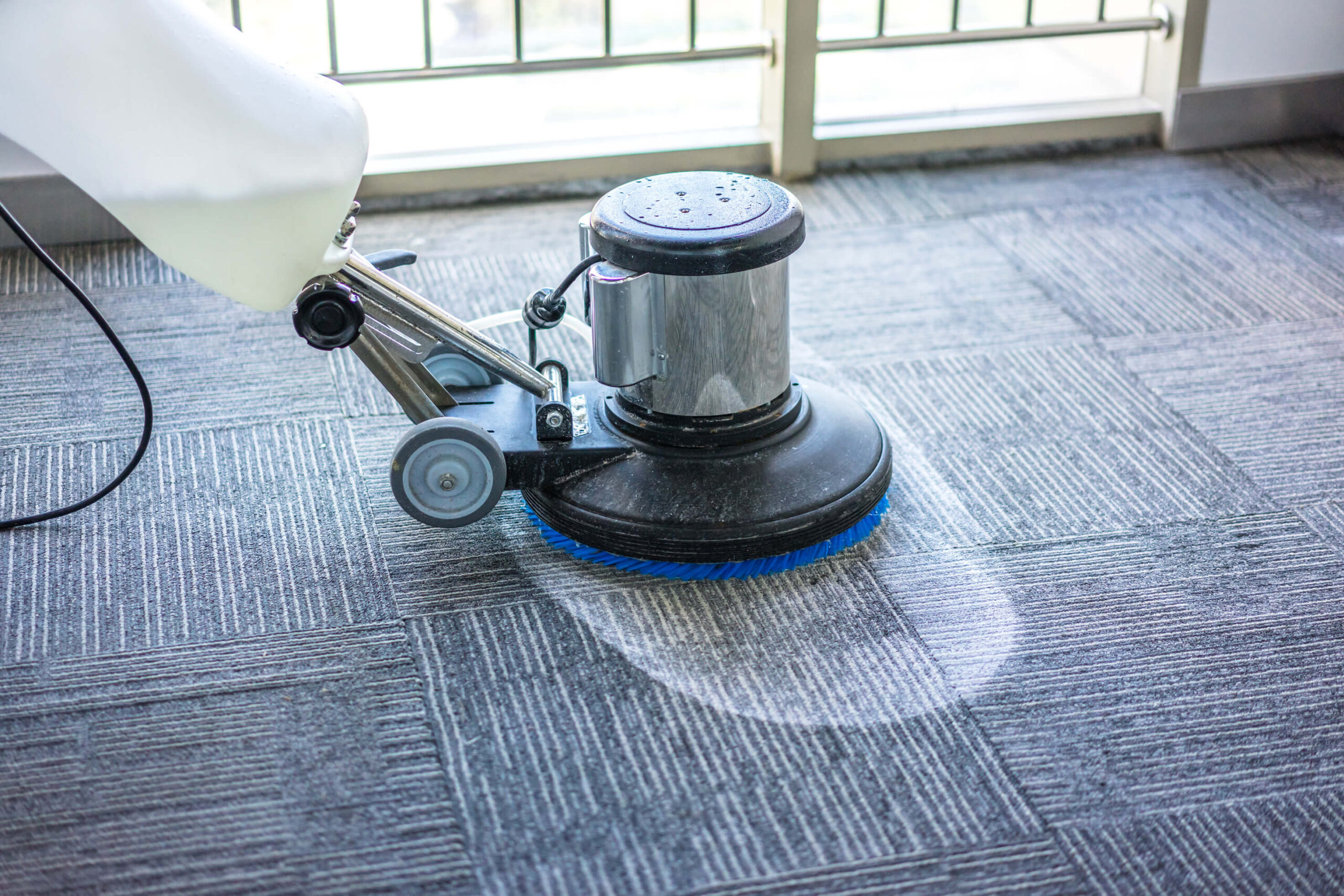When starting a carpet cleaning business, creating a well-thought-out business plan is integral to your vision. A comprehensive plan acts as a roadmap, guiding entrepreneurs through the complex elements of starting a new company.
A business plan outlines key aspects such as target market analysis, carpet cleaning business start-up costs, financial projections, and operational procedures. Meticulously detailing your new business’s objectives and strategies, your plan ensures you have the data and knowledge in place to make well-thought-out decisions.
We first wrote this article in 2019, The Ultimate Guide To Creating Your Carpet Cleaning Business Plan, but we felt we needed to redo or a part 2 of how to write your plan with current strategies and technologies.
What is a Business Plan?
A business plan is a written document that outlines a business’s goals, strategies, and operations. It serves as a blueprint for success, providing a comprehensive overview of all elements of your carpet cleaning business, and acts as a reference point, guiding you through carpet cleaning business opportunities and challenges.
For someone starting a new venture in the carpet cleaning industry, a business plan is important for several reasons. It helps clarify your vision and objectives, giving you a clear direction to move in when getting your business off the ground.
A business plan helps you conduct market research, identify target customers, and formulate effective marketing strategies. On the financial side, a business plan facilitates budgeting and securing funding.
Executive Summary
The executive summary is a concise overview of your carpet cleaning business. It highlights the problem you solve for clients and your unique approach to solving it.
For example, if you focus on sanitizing carpets with environmentally-friendly cleaners. Your executive summary might say: “Our carpet cleaning business revolutionizes the industry by transforming dirty carpets into sanitized, safe flooring while offering personalized customer support, green services, and flexible payment plans.”
It’s helpful if you write your executive summary after completing the other sections of your business plan. This lets you summarize the key points and highlight what differentiates your business from competitors.
Initial Expenses
A vital part of your business plan is the initial expenses section. This portion should offer a detailed breakdown of the startup costs of your company. This can include some of the following expenses:
- Equipment and supplies: Note the costs of a basic cleaning kit, including an industrial vacuum, steam or dry carpet cleaner, spotting kit, and detergents. HWE cleaning equipment costs around $2,000, while low-moisture cleaners cost $8,000 or more.
- Truck or cargo van: New cargo vans can cost between $30,000 and $50,000, while a new pickup truck averages between $25,000 and $30,000. You’ll also want to factor in plus fuel and maintenance expenses.
- State licenses and permits: Obtaining state licenses and permits for your business vary by state but range from $50 to $500.
- Insurance: Estimate between $30 to $340 monthly for carpet cleaning business insurance, depending on whether you are a sole proprietor or LLC with multiple employees.
- Employee salaries: If you hire employees, you must account for their compensation. The average carpet cleaning business salary for a cleaner in 2023 is $15.93 per hour, with slight variances for different locations.
Market Analysis Summary
A market analysis summary in a carpet cleaning business plan provides an overview of the industry, target market, and competition. It helps entrepreneurs understand market dynamics, customer needs, and the competitive landscape.
To conduct a market analysis, research the local carpet cleaning market, identify the target customer segments, analyze their preferences and behavior, and evaluate the competition. You must also gather market size, growth trends, and pricing data.
This information helps you decide on your services and how to market them to your audience. For example, if your target customer segment is college-educated, single-family homeowners, you will provide different cleaning add-ons than if your target segment is commercial property business owners.
Services and Locations
As you consider carpet cleaning business ideas, think about the services you offer and outline them in this section of your carpet cleaning business plan. Use the insights gained from market research to create a comprehensive list of client services. As you list them, think about a potential pricing strategy that brings in consistent revenue but aligns with the market rates in your area for similar services.
You may include services such as:
- Upholstery cleaning
- Anti-allergy cleaning
- Green cleaning
- Speed dry service
- Carpet protectant
- Oriental rug cleaning
- Car detailing
You will also want to describe your target locations which cover an area that helps you attract a consistent client base. Analyze nearby competitors and their offerings to help you provide services that set you apart. Factor in commute costs and set geographical boundaries to optimize your time spent cleaning carpets rather than traveling to client locations.
Financial Plan and Pricing
When developing a financial plan and pricing strategy for your carpet cleaning business, you may base prices on a per-room or per-square-foot basis. Setting fair prices by considering all expenses, including taxes, is critical to align them with your financial goals.
Focus on positioning your business effectively in the market. In this section, you will need to know how much does a carpet cleaning business make to incorporate sales forecasts, estimate the number of clients you can serve daily, project weekly/monthly/yearly revenues, calculate service costs, and ensure efficient cash flow management to maintain a sufficient supply of materials for cleaning jobs.
Marketing & Sales
Work backward in the marketing and sales section of your carpet cleaning business plan, starting with your desired goals to determine your marketing objectives. For instance, if you want to secure 10 contracts by the end of the year, you need to engage with approximately 40 to 50 potential clients. You may need to make initial contact with around 500 prospects to reach this number.
To effectively reach and engage potential clients, consider establishing a social media presence on platforms like Facebook, Instagram, or LinkedIn. Also, create a user-friendly website and a Google Business Profile so local people and businesses can find your company and engage your services.
Management
The management section of your business plan outlines how your carpet cleaning business will be organized and operated. It includes details about the management team, their roles and responsibilities, and any relevant experience they bring to the business.
This section also addresses your company’s organizational structure and decision-making processes. It showcases your ability to effectively manage your business, ensuring smooth operations, efficient communication, and business strategies used to drive success in the carpet cleaning industry.
Draft Your Comprehensive Business Plan for Success
Creating a comprehensive carpet cleaning business plan is vital for success in the industry. A well-crafted plan sets the foundation for a thriving business, from outlining services, conducting market analysis, and determining pricing strategies to addressing financial plans, marketing, and management.
By presenting a compelling carpet cleaning proposal, you can showcase your vision, strategies, and competitive advantages, instilling confidence in potential investors, partners, and customers. With careful planning and execution, a business plan paves the way for long-term growth and profitability in the carpet cleaning market.




